How to Go Gluten-Free
How to eat gluten-free. What foods are gluten-free? How to avoid weight gain on a gluten-free diet.

Just about every where you look these days, you see the words, “Gluten-Free” – from food labels to restaurant menus to whole sections of grocery stores to weight loss programs. But what does gluten-free mean anyway? Well, first let’s take a look at what gluten is.
What Is Gluten?
Gluten is the name for one of the proteins found in some (but not all) grains. Gluten is the part of the grain that gives dough its elasticity.
Where is Gluten Found?

Barley, rye, and all forms of wheat (including bulgur, cracked wheat, durum, farina, graham, semolina, kamut, triticale, spelt, einkorn, faro, white flour, wheat flour, and more) all contain gluten.
Gluten is only in these gluten-containing grains. Fruits, vegetables, legumes, fresh meat, fish, and poultry, dairy products, eggs, nuts, and seeds do not naturally contain gluten.
Do Oats Contain Gluten?

While oats do not have the same gluten protein found in wheat, barley, and rye, they do have a very similar protein called avenin. Furthermore, oats are often cross contaminated with gluten-containing grains in processing.
What Food Products Contain Gluten?
All foods made with gluten-containing grains contain gluten.
Bagels, bread, breadcrumbs, brownies, cake, cereal, cookies, couscous, crackers, croissants, croutons, donuts, graham crackers, granola, lavash, muffins, pasta, pie crust, pizza, pretzels, ramen noodles, rolls, pie crust, pita bread, seitan, tortillas, are just some of the food products that may contain gluten.
Hidden Sources of Gluten
Fruits, vegetables, legumes, fresh meat, fish, and poultry, dairy products, eggs, nuts, and seeds are naturally gluten-free. However, many of these naturally gluten-free foods are often processed or mixed with gluten-containing ingredients. (For example, while fresh meat is gluten free, lunch meat slices are often not.)

Because of this, you may find gluten in the most unsuspected places.
Foods like broth and bouillon, flavored cheeses, chocolate chips, cured meats, drink mixes, fried food, gravy, gravy mixes, hot dogs, instant soups, malt flavorings, marinades, marshmallows, meat analogs, natural flavors, flavored nuts, powdered sugar, pudding, salad dressings, sausage, self-basting poultry, soy sauce, spice blends, tamari, tempeh, vinegar, yogurt, beer, coffee, teas, vitamins, medications, cosmetics, mouthwash, and toothpaste may contain gluten.
The only safe course for those with a sensitivity to gluten or with Celiac disease is to always read labels. Or to make your own gluten-free food using gluten-free ingredients.
What is Celiac Disease?
Celiac disease is an autoimmune disorder in which the ingestion of gluten causes antibodies to attack the small intestine, which can lead to decreased absorption of nutrients, malnutrition, weak bones, and anemia, and can increase the risk of certain cancers. The damaging effects of consuming gluten are cumulative.
Individuals with celiac disease need to adhere very strictly to a completely gluten-free diet in order to effectively manage the disease and avoid complications that come from ingesting gluten. Steering away from processed foods that can sometimes contain hidden sources of gluten carries with it the added benefit of helping to heal an already struggling digestive system.
Should I Follow a Gluten Free Diet Even If I Don’t Have Celiac?
Individuals with a gluten sensitivity should also avoid gluten. In addition, many experts recommend a gluten-free diet for other conditions as well, such as autism, IBS, Crohn’s disease, gastrointestinal problems, and joint pain. However, there are probably no advantages of going gluten-free for those who eat a healthy diet and have no medical reasons to avoid gluten.
Gluten Free Diet and Weight Gain
While some may shed a few pounds on a gluten-free diet as a result of eliminating foods made with refined wheat flour (white flour), many discover their new diet sans gluten to be the road to weight gain.
Why?

Why do gluten-free foods sometimes cause weight gain?
From pizza to cookies, just about every gluten-containing, manufactured food now has a gluten-free counterpart. The problem is that manufacturers often add fattening ingredients, like sweeteners, refined flours, eggs, and oils to processed and packaged gluten-free products in order to create flavors and/or textures similar to their gluten-containing counterpart. The result is a product that is low in fiber and nutrients and high in calories and/or refined fat.
In addition, individuals often find themselves replacing the (now off-limits) healthy grains with foods that are more fattening. For example, now that their whole-grain morning cereal is forbidden, naturally gluten-free (but fattening) bacon, eggs, or hash browns are the typical breakfast foods. Without a sandwich for lunch, they find themselves filling up on French fries, chips, chicken/tuna salad, cheese, tacos, and gluten-free chicken nuggets. While these foods are free from gluten, they do tend to add inches to the waistline.
(Need to eat gluten-free and want to lose weight? My weight loss program can help.)
Slimming and Gluten-Free
To avoid weight gain (and other diseases common in our society), a healthy gluten-free diet should include plenty of fruits and vegetables, legumes, and whole (gluten-free) grains, and a moderate amount of nuts and seeds. All of these foods are high in fiber and other essential nutrients and contribute to a healthy, slim body.

Limit the amount of prepackaged gluten-free snack cakes, cookies, crackers, etc. you consume. Instead, prepare your own gluten-free goods at home (using the gluten-free recipes here at jenniferskitchen!). Consider making naturally gluten-free foods the foundation and bulk of your diet, and using gluten-free breads, cookies, crackers, etc. only as a special treat.
What Foods are Gluten-Free?
Gluten-free whole grains and flours include:
Brown rice
Brown rice is super nutritious and gluten-free. I use brown rice in a variety of dishes for breakfast, lunch, and supper.
Expand your horizons beyond long-grain, as rice offers many different shapes, sizes, and characteristics. Choose from long-grain, medium-grain, short-grain, sweet rice, basmati, sticky rice, red rice, black rice, and many more!
When using par-cooked, instant or seasoned rice, check labels carefully – these may contain gluten in the seasoning.
Check out my delicious recipes using rice.
Polenta
Polenta is another simple-to-use, gluten-free option. This Italian fare is traditionally served very thick (often sliceable) with a savory topping. Sometimes polenta is grilled or fried before serving.
Polenta can also be purchased precooked and ready to be sliced, heated, and served. Be sure to check the labels on rolls of precooked polenta to make sure it says “gluten-free”.
Top hot polenta with sautéed vegetables, tomato-based sauces, or bean chili for a quick and healthy meal.
Quinoa
This little grain-like seed is gluten-free, easy to digest, simple to cook, and packs a powerful punch nutritionally. It’s a complete protein, and provides a plethora of essential nutrients, like folate, magnesium, manganese, zinc, and iron.
Quinoa come in a wide array of colors, including black, red, gray, pink, yellow, purple, green, and orange. The most common colors are white and red.
This ultra-versatile food can be used in all sorts of dishes, like tabbouleh, breads, stuffing, pilafs, salads, soup, and patties.
Pasta
Although not a grain, pasta, like grains, is the base for many dishes. Gluten-free pastas are made from a variety of ingredients, such as quinoa, corn, buckwheat, white rice, brown rice, beans, and more.
We did a blind taste test of the most common brands of gluten free pasta, judging them by taste, texture, and how well they held up during cooking. We also did a “next-day” test to see how well they did cold (like in pasta salad).
Check out the results! (And spare yourself of mushy, gummy, gritty, gluten-free pasta.)
Other Grains
Other gluten-free grains, or grain-like foods, include buckwheat, corn, amaranth, teff, sorghum, and millet. Click here for a list of gluten-free flours and grains.
Breakfast Cereals
There is a rapidly growing variety of ready-to-eat, gluten-free breakfast cereals on the market today. Be sure to check ingredient labels! Some cereals contain so much added sweetener that they really should be considered dessert.
A healthier (and less expensive) option? Try one of my delicious and healthy breakfast recipes instead. From gluten-free waffles to sugar-free granola to flavorful breakfast bars and even breakfast salads you’re sure to find a recipe to please.
For a change, try Crock Pot Hot Cereal! You can cook gluten-free grains, such as rice, buckwheat, or millet, in the crock pot overnight. In the morning top your hot cereal with nuts and fruit, and you have a hot, delicious, and wholesome breakfast.
Naturally Gluten-Free Foods
Legumes, vegetables, fruits, nuts, and seeds are naturally gluten-free and together can be used in a plethora of gluten-free dishes that are not only provide essential nutrients (think antioxidants, fiber, phytonutrients, and more) and are low in fat, but these foods can be deliciously prepared as well.
How Do I Start a Gluten-Free Diet?
Going gluten-free isn’t as hard as is seems at first, but there is a huge adjustment period.
Revolving meals around natural, whole foods will make things simpler (fewer labels to decipher). Potatoes and sweet potatoes and brown rice are great bases for delicious meals!
Most major grocery stores now have a large section entirely devoted to gluten-free products, and many other products throughout the store carry the “gluten-free” label.
There are several gluten-free breads commercially available with a wide variety of quality and taste. Some are positively awful. We found it easier to avoid the store-bought gluten-free breads at first and included them only once our tastes adjusted.
Happy and Healthy
Change is usually not easy. Trying something new takes effort.
Adjusting to a gluten-free diet can be challenging at first, but it can be done, and it will get easier and easier as time goes on.
If you suffered any of the many symptoms of Celiac disease or gluten intolerance, you may soon count yourself among those who consider their diagnosis and treatment with a gluten-free diet one of the best things that ever happened. Day-by-day, week-by-week, month-by-month, you will learn to adjust to your new diet and lifestyle and what’s more, you will feel so much better.
Need a weight loss plan that is gluten-free?
Almost all of the recipes in my online Weight Loss Program are gluten free.
You my also like:
Before you go . . .
Did you know that you can eat all this delicious food AND lose weight? You can!
No calorie counting. No portion sizes.
Join my online weight loss program today!

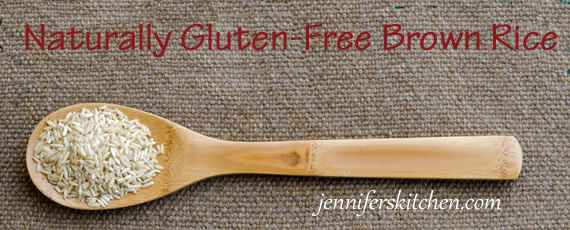





















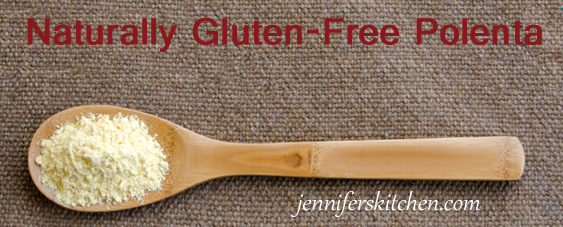







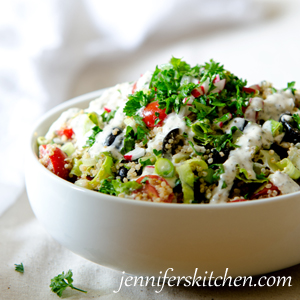





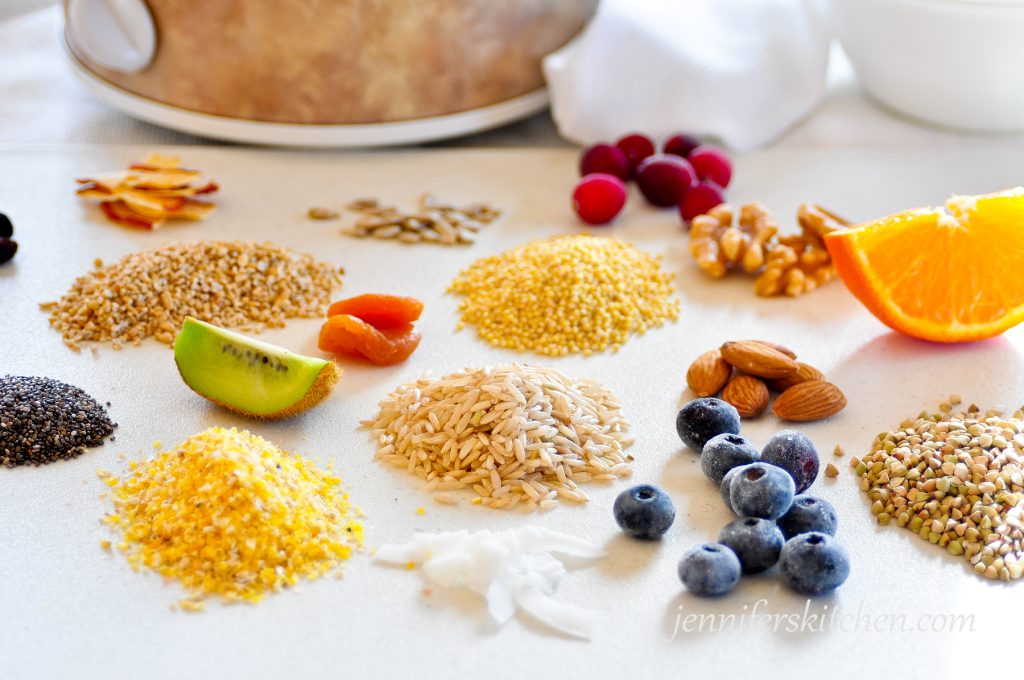



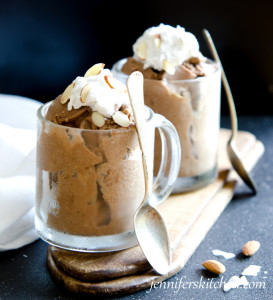
What about dried fruits like banana chips, dried cranberries or cherries?
Are these safe to eat on a gluten free diet?
Also how about Greek yogurt or string cheese?
Hi Pauline,
Dried fruit is almost always gluten-free. Just be sure to take a quick check on the label to make sure there are no added ingredients.
Even though cheese is technically gluten-free, many varieties of cheese have added flavorings, preservatives, etc. that allow for gluten contamination. The same for yogurt. While plain yogurt is usually gluten-free, added ingredients may cause it to lose its gluten-free status.
And to complicate matters, product ingredients can change at any time. As I mentioned above, the safest course it to read the ingredient label.
thank you for the wealth of information. A gluten free diet has been recommended to me
Two times in the last few years. I feel that this time it feels doable with the help of many more options for
gaining insight.
You are very welcome, Darlene. I’m glad it was helpful. If there is anything I can do to help you on your gluten-free journey, please let me know. 🙂
that suces
Do you have a gluten free bread recipe? I agree the GF bread at the store is unpleasant and has a ton of ingredients. I do miss making bread. But I have health issues and I believe it is for my best interest to let it go. I have figured out how to make tortillas and crackers, but bread still eludes me. I am grateful that your recipes fit my dietary lifestyle! I have made the lasagna for our slow Sundays after busy Sabbaths and it is one of my favorite meals to make with my daughter. Thanks for all your hard work in giving us delicious healthy recipes. God bless!
Hi Callie,
I’m really happy to hear that you’ve enjoyed the recipes on the website. That’s great that you’ve been able to figure out tortillas and crackers. Those make nice additions to a meal.
Unfortunately, I don’t have a gluten-free bread recipe (yet), but my daughter has been trying to create one. Maybe one of these days she’ll get it figured out and let me share it. ?
Blessings,
Jennifer